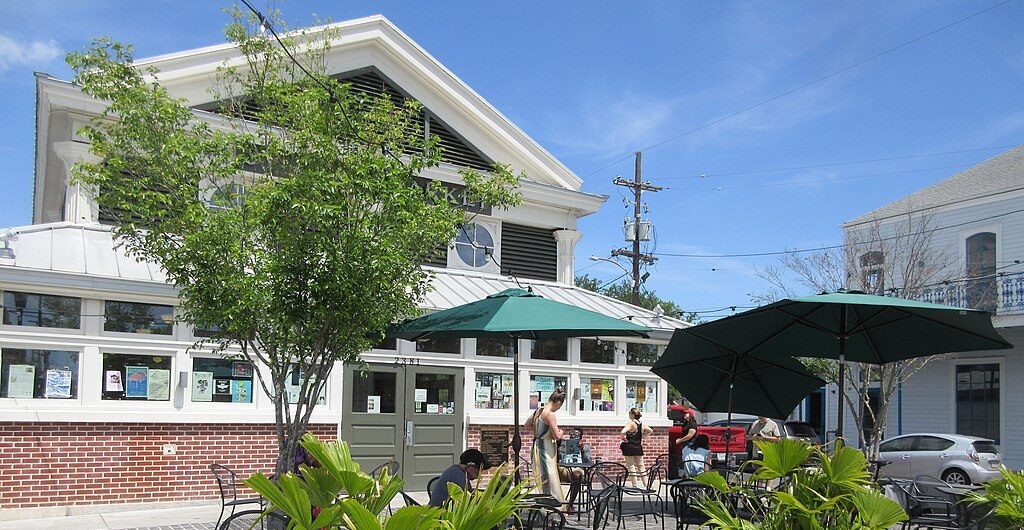Part of early settler Bernard de Marigny’s landholdings in the early 19th century, this area, also called Faubourg St. Roch, was first plotted as “Faubourg Nouvelle Marigny” in 1810. It was largely developed between the 1830s and 1880s by French Creoles, German immigrants and Free People of Color. Several pioneering jazz musicians either grew up in the neighborhood or lived here as adults, including Sidney Bechet, Manny Perez, Danny Barker and Paul Barbarin. Ferdinand LaMothe, better known as Jelly Roll Morton, used to sneak away from his grandmother’s home just off Elysian Fields Avenue to play piano in Storyville, which was, for two decades around the turn of the 20th century, New Orleans’ legal red light district. Suburban flight hit this neighborhood hard in the mid-20th century, and the construction of the Interstate-10 overpass along the Claiborne Avenue commercial corridor sent countless residents and business owners packing. The neighborhood suffered from disinvestment. Local residents began organizing in the mid-1990s, and the neighborhood was recognized as a National Register Historic District in 1994. The Faubourg St. Roch Improvement Association was founded in 1995. After Hurricane Katrina, the historic St. Roch Market was revitalized, and art galleries and new restaurants began popping up on St. Claude Avenue. Today, residents enjoy a diverse community filled with historic architecture and new amenities.
Become a Member!
Become a member today and start enjoying discounts on tours, merchandise and more!
Learn MoreMembership has its perks!
Help us preserve the unique character of our vibrant city and become a member today!
BECOME A MEMBER


